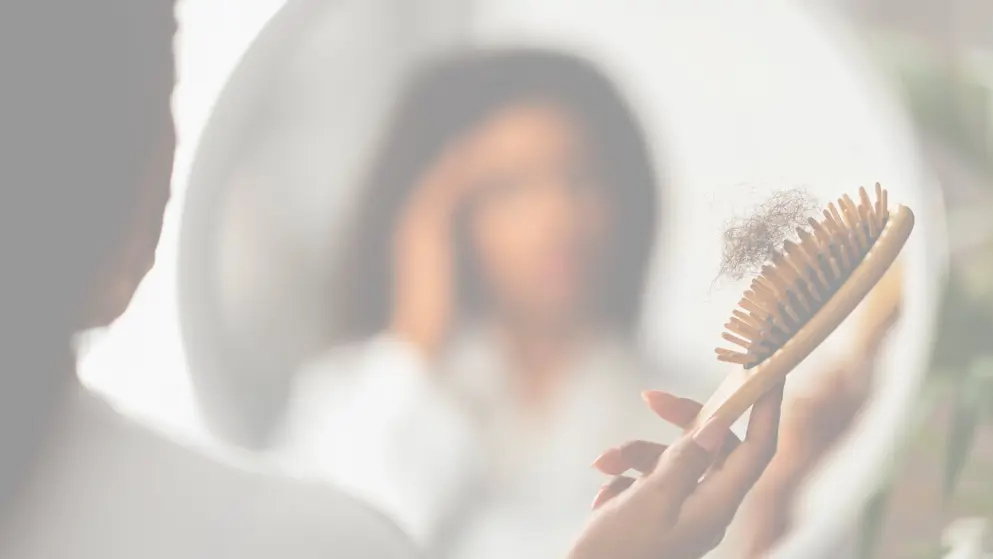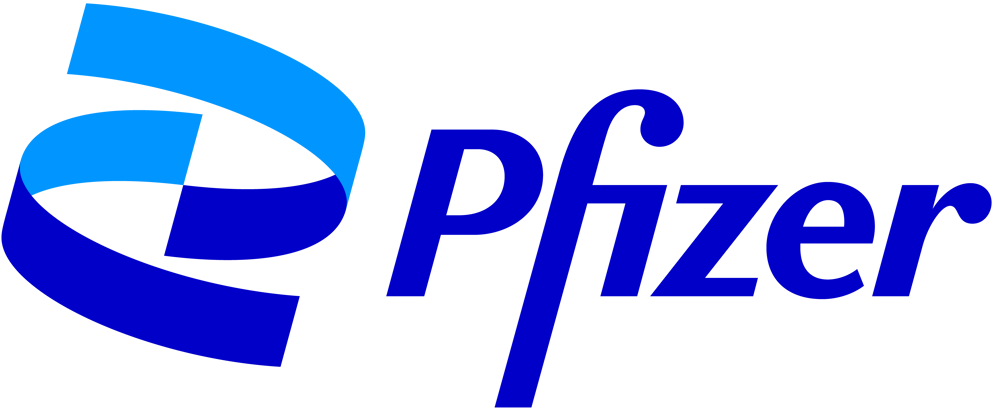
Alopecia areata: Current and emerging therapies
How much do you know about the treatments available for alopecia areata?
Take this quiz to find out. We’ll ask you the questions again after you’ve read the article to see what you recall.
Alopecia areata (AA) has a global prevalence of around 2%.1 Despite being ranked higher than melanoma and psoriasis in a global burden of skin disease analysis, clinical practice guidelines are limited, with none established in the USA.1
There is no cure for AA; instead, treatment focuses on stimulating hair growth and ranges from well-established corticosteroids to emerging immunotherapies such as Janus kinase (JAK) inhibitors.2,3 Disease severity, as well as disease duration, activity, and location, and the person's age and individual preference should all be considered when planning treatment.3
Treatments for mild-to-moderate AA
Corticosteroids
Intralesional corticosteroids, which act by suppressing T cell-mediated immune attack on hair follicles, are a first-line treatment for mild-to-moderate AA.4 A corticosteroid, typically triamcinolone acetonide, is injected directly into areas of hair loss every 4–6 weeks.4
Hair regrowth is stimulated at the site of injection and generally occurs within 3 months. However, the treatment can be painful, making it more suited to people with smaller areas of hair loss.4,5
Because of the pain involved, children younger than 10 years are not usually treated with intralesional corticosteroids.4 An alternative for this group and others unable to tolerate intralesional injections is a potent topical corticosteroid, applied once daily for 3–6 months.3 For children, this may be adjusted to 6-week treatment cycles with a 6-week break in between to avoid adverse effects like skin atrophy.3
Minoxidil
Oral minoxidil is a potent vasodilator originally developed in the 1970s to treat hypertension.6 Some users developed hypertrichosis as a side effect, and in 1987 a topical formulation was developed for people with androgenic alopecia, later used for off-label treatment of AA.6
Topical minoxidil is typically given at a concentration of 2% or 5% in combination with other treatments as it can improve hair density and may reduce the risk of relapse.2,3 Initial hair regrowth generally occurs after around 8 weeks, with maximum benefit after 4 months.6
Dr. Yolanda Lenzy (Lenzy Dermatology, Chicopee, Massachusetts, USA) explains how she matches treatment options to AA severity and why patient education is so important in the era of JAK inhibitors. View transcript.
Treatments for moderate-to-severe AA
Contact immunotherapy
The purpose of contact, or topical, immunotherapy is to induce a low-grade allergic contact dermatitis, which alters the immune response and induces hair regrowth.2 The treatment is offered to people with moderate-to-severe AA and involves application of the potent contact allergens diphenylcyclopropenone (DPCP) or squaric acid dibutyl ester at increasing weekly doses, from 0.001% to 2.0%, until a mild irritant or allergic dermatitis lasting for 36 to 48 hours occurs.2
Reported response rates vary widely (9–87%), and adverse effects may include blistering, lymphadenopathy, and skin pigmentation changes.2,7
Dithranol
Topical dithranol cream is a scalp irritant that creates contact dermatitis of the scalp, and may be offered as an alternative to contact immunotherapy for children with AA and people without access to DPCP.4 Patients should be aware that it can stain the scalp, hair, and fabric.3
“This is the only thing for you, so you just take it.” Patient advocate Nikki Vontaya explains the frustrations of seeking information and treatment options for AA. View transcript.
JAK inhibitors
JAK inhibitors are oral therapies targeting the JAK–STAT immune pathway, which is involved in the underlying pathophysiology of AA.
In 2022, the JAK1/2 inhibitor baricitinib was the first in class to be approved for use in adults with severe AA (≥50% scalp hair loss).8,9 The pivotal BRAVE-AA1 and BRAVE-AA2 trials showed that, at a dose of 4 mg/kg once daily, around 40% of participants with severe AA had at least 80% scalp coverage after 1 year, with the effect generally preserved during a further year of treatment.10
The BRAVE-AA-PEDS trial is currently investigating the use of baricitinib in children aged 6 years and older, but study completion is not expected until 2029.11
In June 2023, the FDA approved the JAK3 / tyrosine kinase inhibitor ritlecitinib for use in adults and children aged 12 years and older with severe AA, making it the first approved treatment for individuals under the age of 18.12,13 The ALLEGRO trial showed that 23% of patients treated with ritlecitinib 50 mg had a at least 80% scalp coverage after 6 months compared with 1.6% of those given placebo.14
Although JAK inhibitors show promise for the treatment of severe AA, the medication is not without risk and comes with a “black box” warning regarding an increased risk for venous thromboembolism, serious cardiovascular events, cancer, and death.9,12 The drugs should therefore be prescribed with caution in anyone aged 65 years or older and in those with risk factors for these conditions.3
Systemic corticosteroids
In cases of severe or rapidly progressing AA, a course of systemic corticosteroids (e.g., prednisolone 0.5 mg/kg per day tapering over 6–12 weeks) may be given, often concurrently with a topical corticosteroid or minoxidil.3 However, the benefits should be weighed against concerns regarding long-term side effects and high relapse rates upon therapy cessation.3
Systemic immunotherapy
Immunosuppressive drugs such as oral ciclosporin or methotrexate may be offered to people with severe or refractory AA as monotherapy or in combination with oral corticosteroids.3 However, trial evidence for the benefits of oral immunosuppression is limited and must be weighed against potentially severe adverse effects, and the likelihood of relapse occurring after stopping treatment.3
Emerging treatments
The current focus of novel treatments for AA is immunotherapy, and several clinical trials are already underway. These include, among others, the JAK1 inhibitor upadacitinib; the monoclonal antibody amlitelimab; rezpegaldesleukin, which is an IL-2 receptor pathway agonist designed to stimulate the expansion and function of regulator T cells; the anti-IL-7 receptor-α antibody bempikibart; and the tyrosine kinase 2 inhibitor deucravacitinib.15
of interest
are looking at
saved
next event
References
- Asfour, 2023. Global Guidelines in Dermatology Mapping Project (GUIDEMAP): A systematic review of alopecia areata clinical practice guidelines. https://www.doi.org/10.1093/ced/llac025
- Spano and Donovan, 2015. Alopecia areata: Part 2: treatment. https://pubmed.ncbi.nlm.nih.gov/26371098/
- Harries, 2025. British Association of Dermatologists living guideline for managing people with alopecia areata 2024. https://www.doi.org/10.1093/bjd/ljae385
- Kumaresan, 2010. Intralesional steroids for alopecia areata. https://www.doi.org/10.4103/0974-7753.66920
- American Academy of Dermatology. Hair loss types: Alopecia areata diagnosis and treatment. https://www.aad.org/public/diseases/hair-loss/types/alopecia/treatment
- Patel, 2023. Minoxidil. https://www.ncbi.nlm.nih.gov/books/NBK482378/
- Darwin, 2018. Alopecia areata: Review of epidemiology, clinical features, pathogenesis, and new treatment options. https://www.doi.org/10.4103/ijt.ijt_99_17
- Olumiant. Summary of product characteristics, 2022. https://www.ema.europa.eu/en/documents/product-information/olumiant-epar-product-information_en.pdf
- Olumiant (baricitinib). Highlights of prescribing information, 2022. https://www.accessdata.fda.gov/drugsatfda_docs/label/2022/207924s007lbl.pdf
- Kwon, 2023. Efficacy and safety of baricitinib in patients with severe alopecia areata over 52 weeks of continuous therapy in two phase III trials (BRAVE-AA1 and BRAVE-AA2). https://www.doi.org/10.1007/s40257-023-00764-w
- A study of baricitinib (LY3009104) in children from 6 years to less than 18 years of age with alopecia areata (BRAVE-AA-PEDS). https://clinicaltrials.gov/study/NCT05723198
- Litfulo (ritlecitinib). Highlights of prescribing information, 2023. https://www.accessdata.fda.gov/drugsatfda_docs/label/2023/215830s000lbl.pdf
- Litfulo. Summary of product characteristics, 2023. https://www.ema.europa.eu/en/documents/product-information/litfulo-epar-product-information_en.pdf
- King, 2023. Efficacy and safety of ritlecitinib in adults and adolescents with alopecia areata: A randomised, double-blind, multicentre, phase 2b-3 trial. https://www.doi.org/10.1016/s0140-6736(23)00222-2
- National Alopecia Areata Foundation, Clinical trials & research studies. https://www.naaf.org/studies/
Developed by EPG Health. This content has been developed independently of the sponsor, Pfizer, which has had no editorial input into the content. EPG Health received funding from the sponsor to help provide healthcare professional members with access to the highest quality medical and scientific information, education and associated relevant content. This content is intended for healthcare professionals only.

